
Product information
Fèlsina Chianti Classio Riserva DOCG ‘Rancia’ 2016
Sangiovese from Tuscany, Italy, Chianti Classico, Castelnuovo Berardenga UGA
$180
Description
Fèlsina have tamed the beast! While this is a powerful wine with incredible depth and length, it is beautifully balanced with excellent grape tannins. It will resolve and build sensuality over the coming years. Dark and incredibly complex there’s a vitality to the mouthfeel. If you’re going to crack one young give it loads of air in the morning and it’ll probably open up the following day.
What’s the difference between 96+ from Galloni for Rancia (his preferred of the 2) and 98 from Suckling for Fontalloro (his preferred of the two)? At this level it’s just a fleeting moment in time. I reckon on any given day one would pip the other by a hair!
Only 2 left in stock
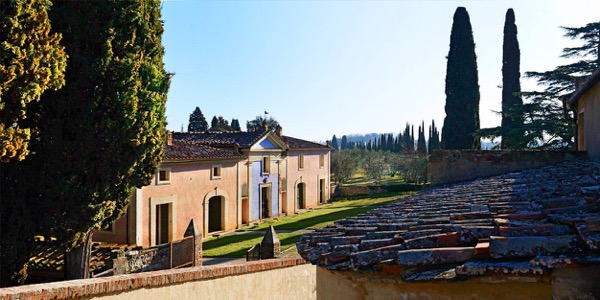
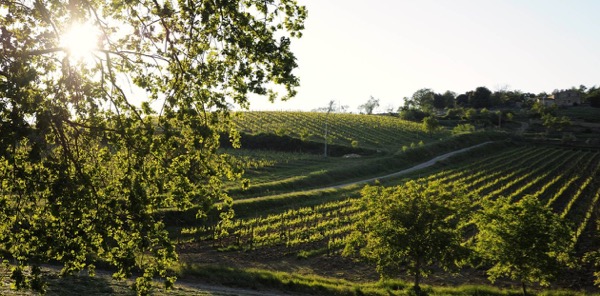







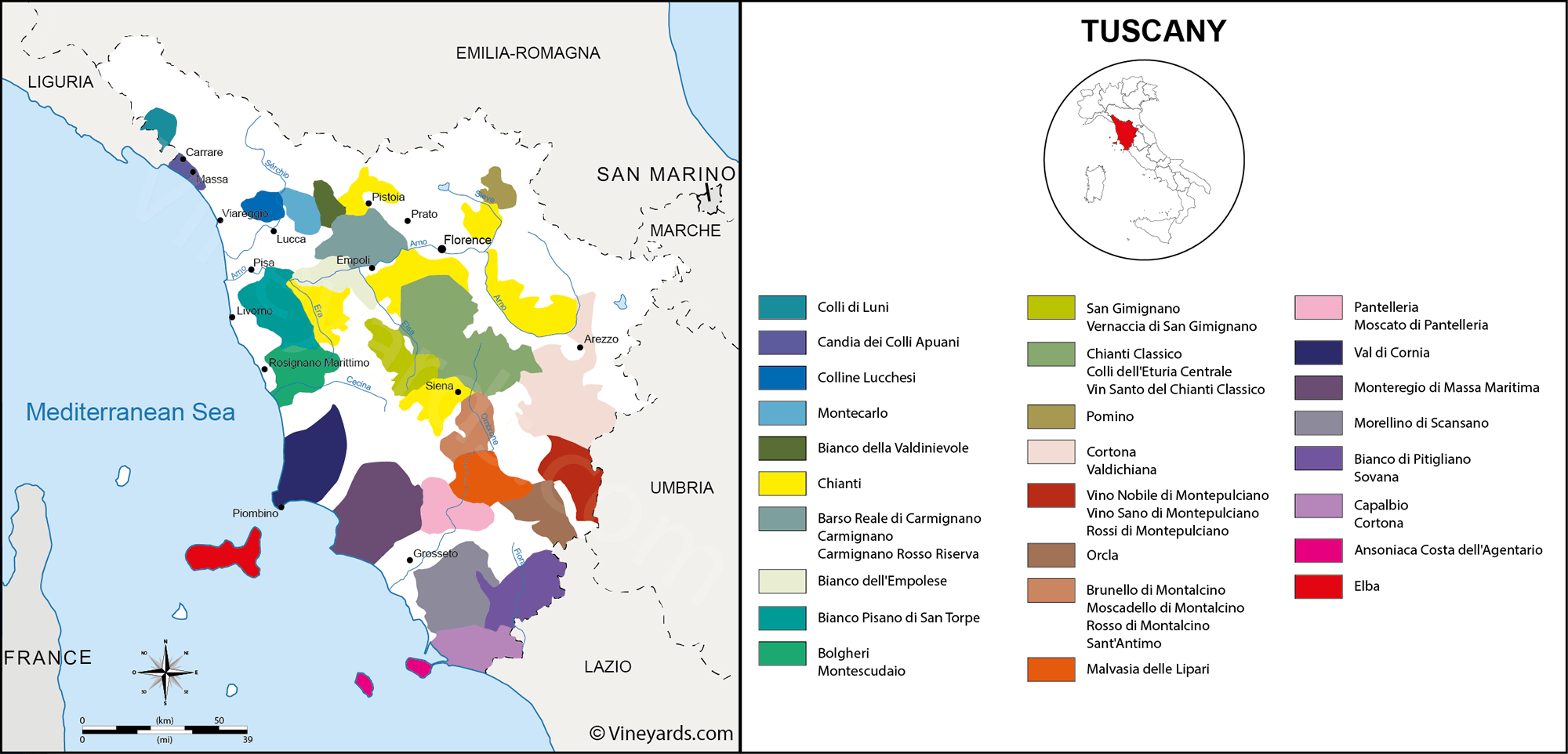
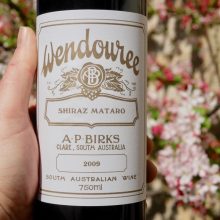
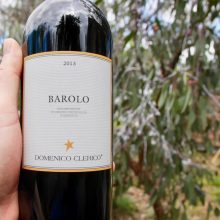
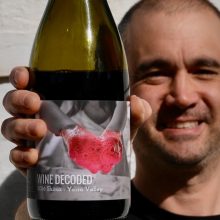
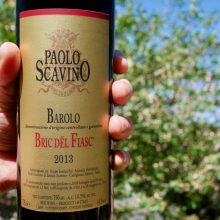
You must be logged in to post a comment.